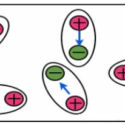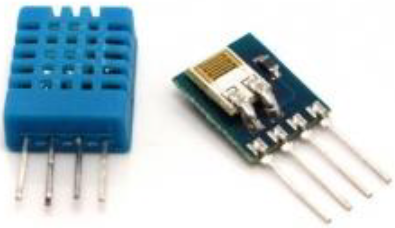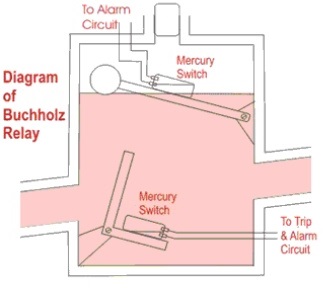Dielectric Materials A dielectric is an electrical insulator that can be polarized by an applied electric field. When a dielectric is placed in an electric field, electric charges do not flow through the material as they do in a conductor, but only
Read More
What is a Capacitor? Capacitor is a device that stores electric charge. A capacitor consists of two conductors separated by an insulator. Capacitors have many applications some of them include Computer RAM memory and keyboards, Electronic flashes for cameras, Electric power surge
Read More
What is Electronics? Electronics can be defined as the science of how to control electric energy, electrical energy is the form of energy in which the electrons have a fundamental role. The field of basic electronic also deals with electrical circuits which involve active
Read More
If you want to understand resistor color coding then you are at right place where you are explained full resistor calculator depending upon the resistor color bands which are always confusing for the electricians. There are 4, 5 and 6 bands on
Read More
Buchholz Relay Circuit is used for Transformer Protection, as we know there are many defects and dangers during the operation of power transformer that need to be addressed and necessary measures to be taken. Some of the hazards to transformer protection include overheating, over
Read More
DHT11 & DHT22 temperature & humidity sensor are well known models which are used for monitoring the humidity and temperature of a vicinity or place. DHT11 and DHT22 models are used in thermostats and hygro thermometers which are used for different purposes
Read More




